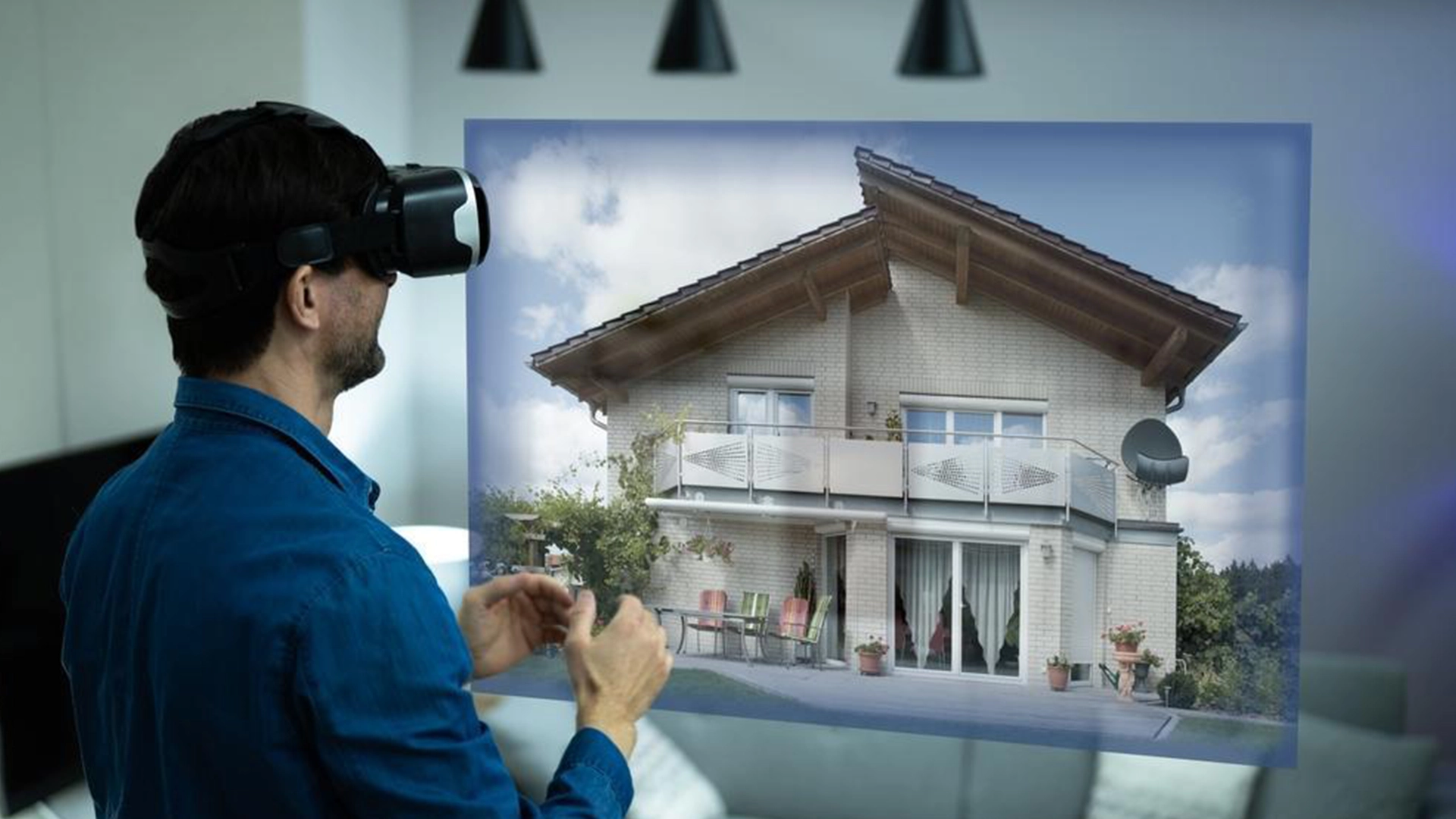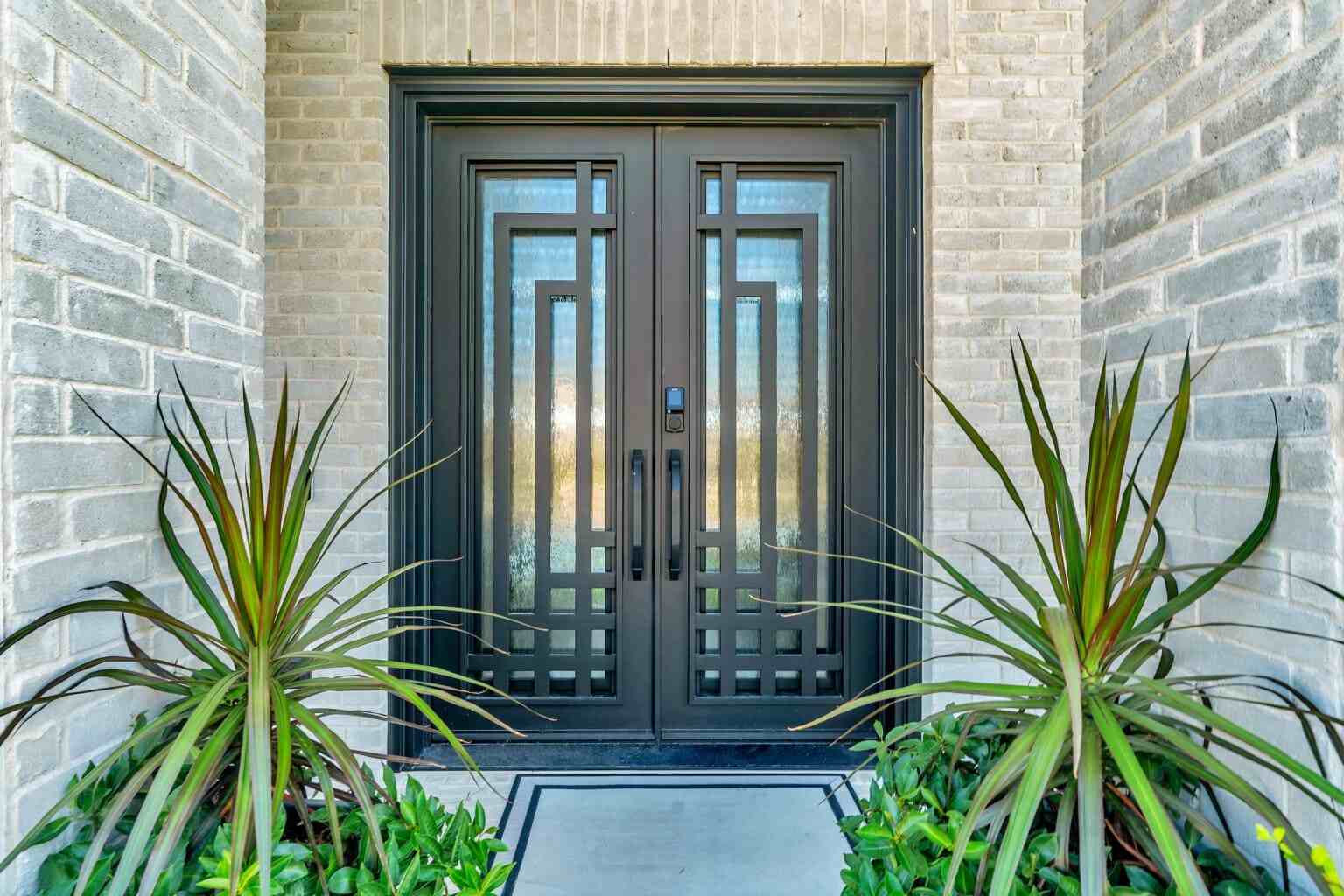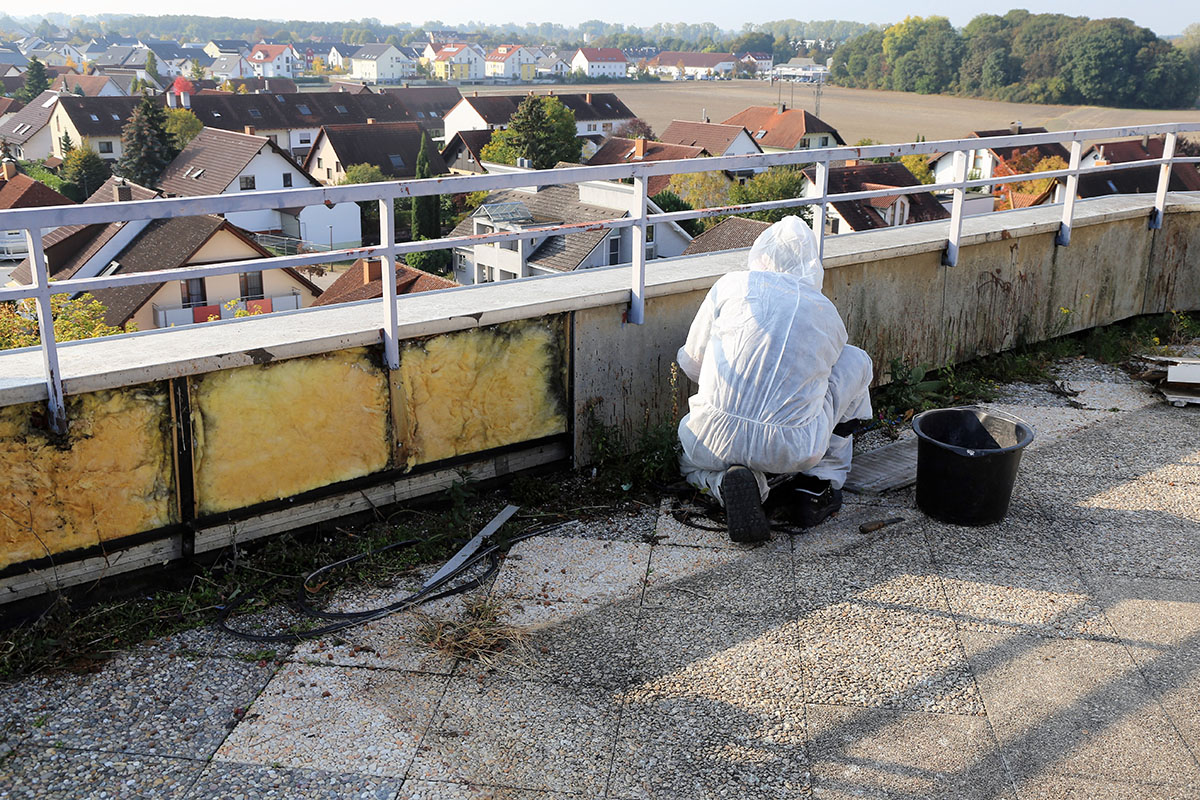Based upon an average electricity usage of 893 kilowatt-hours per month, most American homes will need to have between 15 and 19 solar panels installed to meet their power needs effectively. While costs can vary depending upon your chosen provider and a variety of other factors, this type of array would typically cost from $12,000 to $17,000.
However, there’s a good chance that your household’s energy usage doesn’t meet the U.S. average, and you’ll also need to take in other factors such as the location of your home and the type of solar panels you choose, when deciding how many panels to have installed.
With this in mind, here are 3 common factors to consider that could have a significant impact on the number of solar panels your home will need to power it efficiently:
- The amount of energy your household typically uses
It stands to reason that the more energy your household uses, the more solar panels it will need in order to meet demand and cover your electricity costs.
- The amount of sunlight your home is exposed to
If your home is located in an area that doesn’t typically receive as much sunlight as other areas, you’ll need to have more solar panels installed to capture as much of the sun’s energy as possible. In general, states in the southwest of the country receive the most hours of sunlight, while those in the northeast typically get the least.
- The wattage of your solar panels
Also called the power rating, the wattage of your solar panels determines how much energy will be produced by the panels. Most modern panels have a power rating of around 370 watts per panel, and when you have panels installed with a higher wattage rating, you’ll need less of them.
To determine exactly how many panels your particular home will need, it’s best to consult with a solar panel provider in your area, but you can use the points above as a rough guide.
Now, let’s look at how much space on your roof you’ll need to accommodate the right number of panels:
Once you’ve determined how many panels your solar array will need, you can multiply the number of panels by 17.55 square feet, which is the area of most residential solar panels sold in the U.S. today.
If you don’t have a very big roof, it might be wise to invest in high-efficiency panels, or purchase panels with a higher power output, enabling you to install fewer of them while still producing enough energy to power your home.
Should I invest in solar panels?
Getting quotes and advice from local solar companies is the best way to determine whether solar panels are a good investment for you and your home. They will assess the direction of your roof, look at how shaded it is, and guide you as to how many panels you’d need to have installed for maximum efficiency. A local solar provider will also give you a better idea of any upfront costs of solar for your home, and what rebates, incentives and tax credits you may qualify for to help reduce the overall cost.
Now that you have the basic knowledge required to know how many panels your home might need, you can go ahead and take the next step by talking to a local solar provider. However, try to get quotes from more than one company, and be sure to look at their reputation before signing any contracts.









